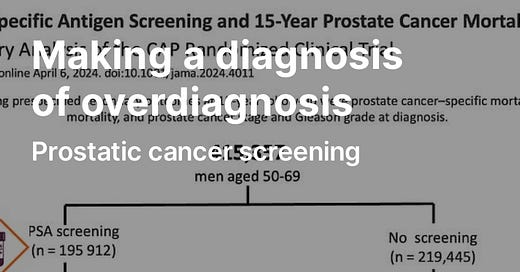Illness is identified by taking a history, examining symptoms and signs, and often by taking some tests.
Many of us seem unwell as much testing is happening - roughly 50 million diagnostic tests, 500 million biochemistry and 130 million haematology tests are performed annually in the NHS. In the US, it's another order of scale, with 14 billion laboratory tests ordered annually. Testing is also on the increase: In primary care, it increased by 8.5% per year between 2000 and 2015 across all ages. The proportion having more than one test has also increased significantly. However, there are wide variations in testing, which is unlikely to be explained by clinical need.
The CDC reports that 70% of medical decisions depend on laboratory test results, but what happens when these decisions do not benefit patients or are not tied to symptoms or problems?
Overdiagnosis transforms people into patients unnecessarily by identifying problems that were never going to cause harm or by medicalising o…
Keep reading with a 7-day free trial
Subscribe to Trust the Evidence to keep reading this post and get 7 days of free access to the full post archives.




